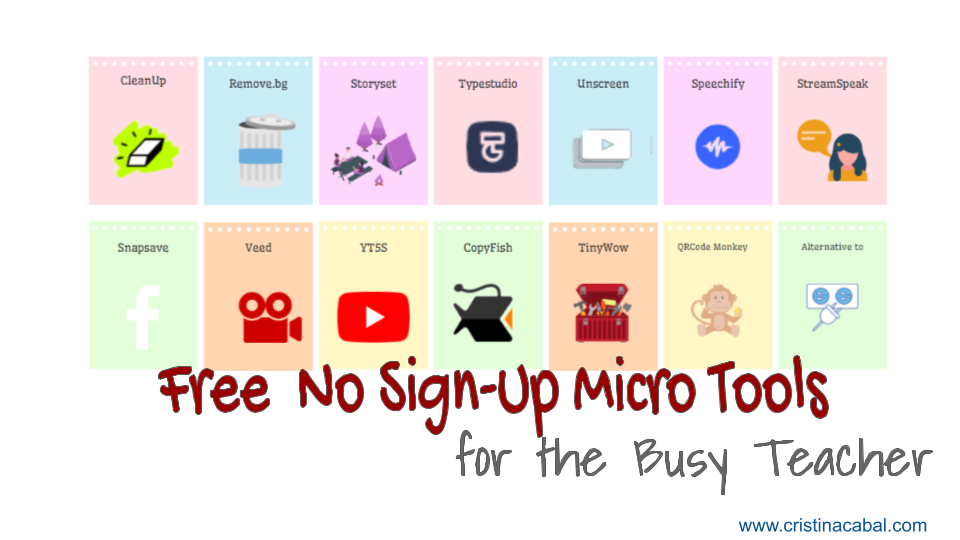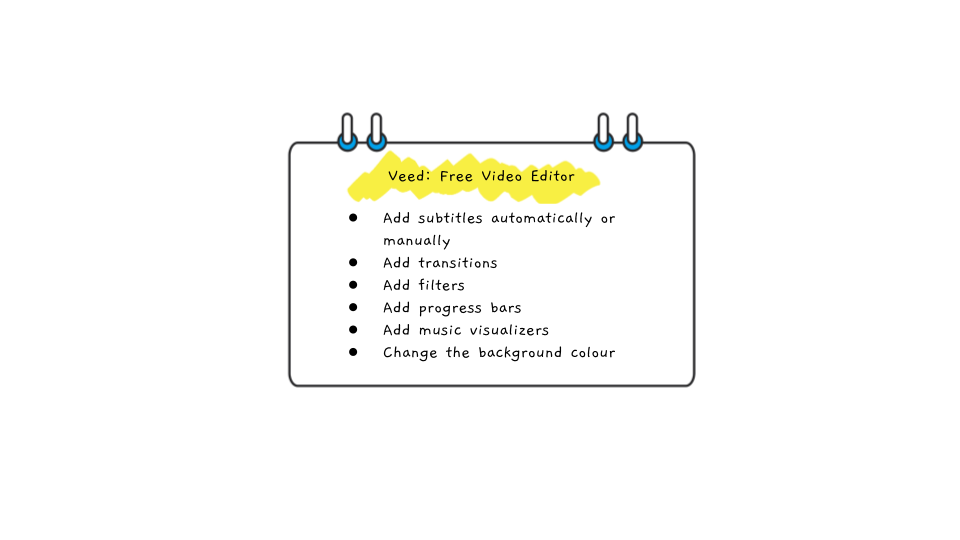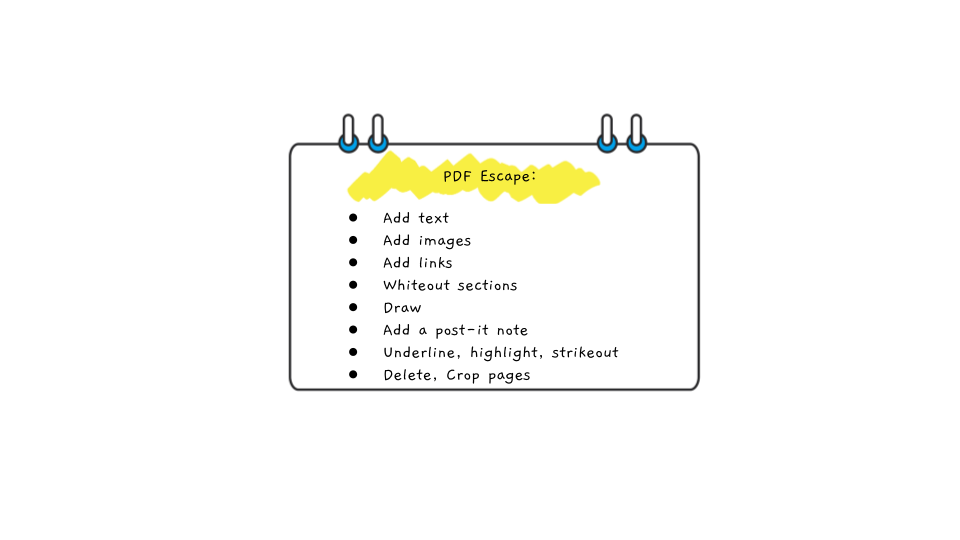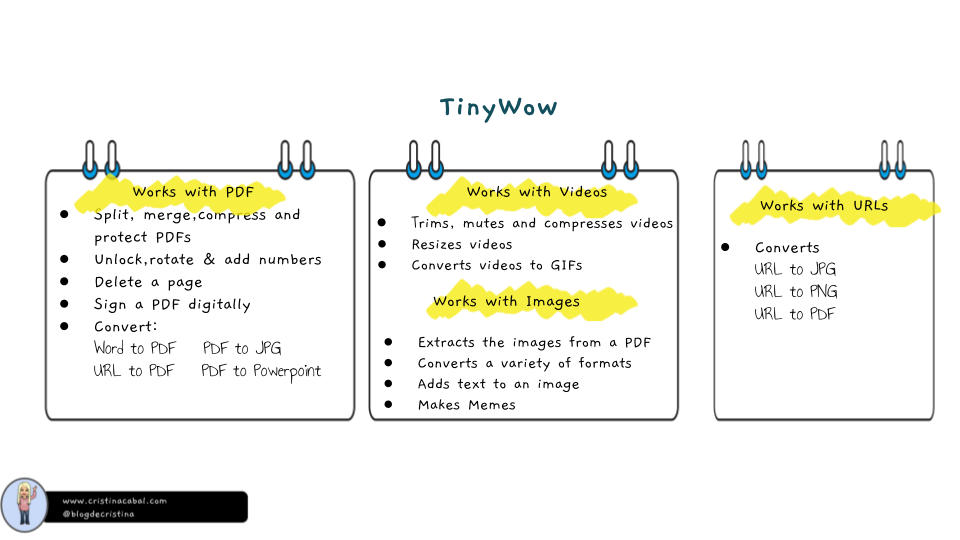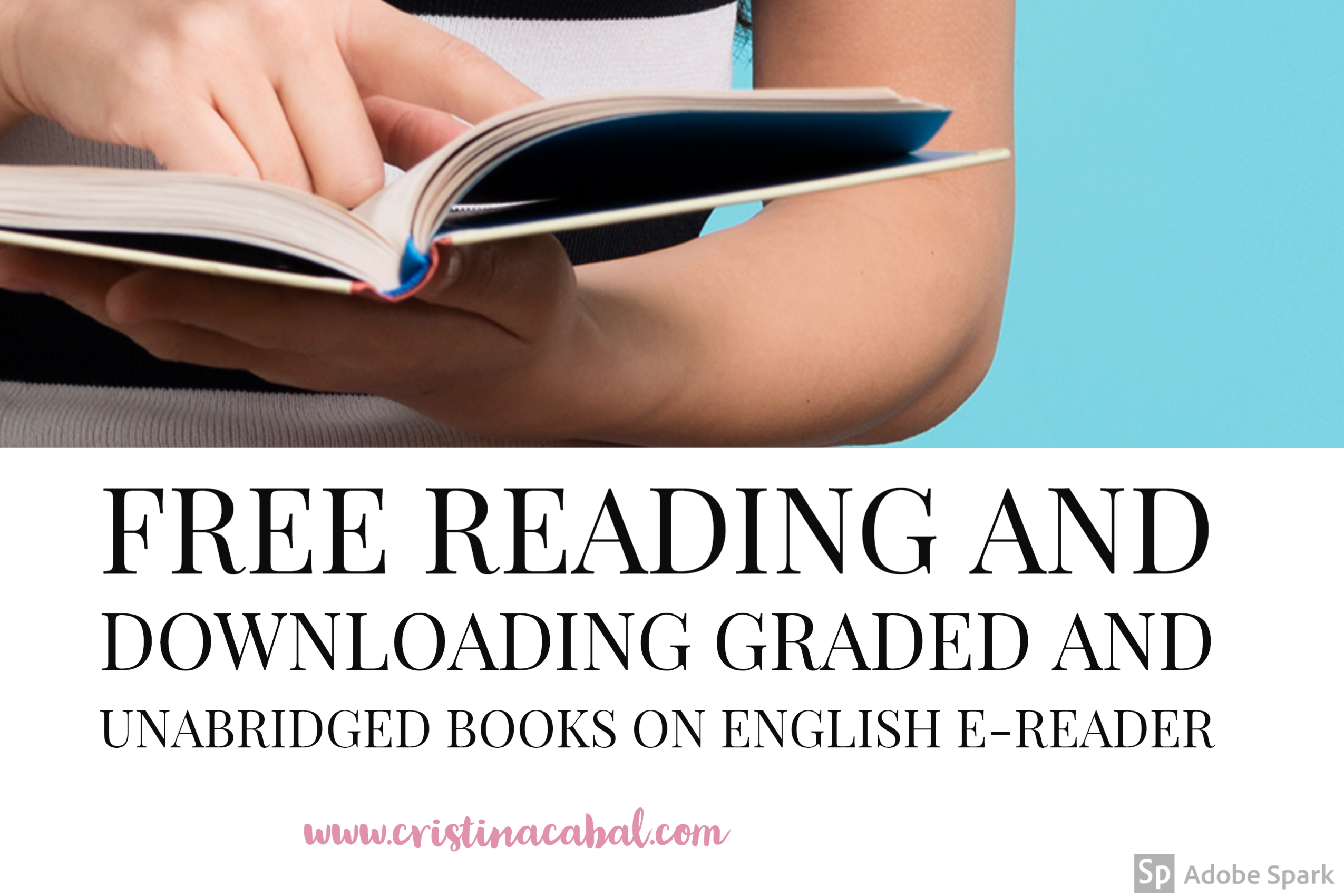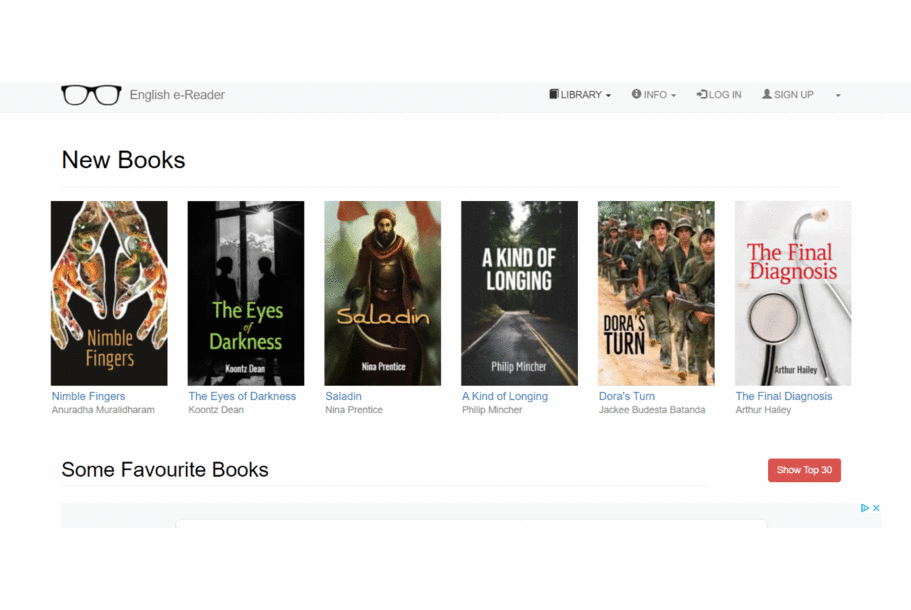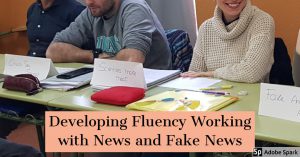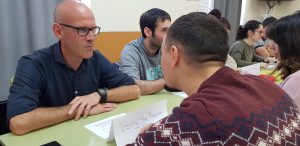Diffit: an IA free tool to easily create resources for differentiation and inclusivity.
I’ve been meaning to write about this website for a few months. To be honest, it is not just this website I’d like to write about but some others as well. The problem with me is always lack of time. Juggling being a full-time teacher, a part-time tech coach, mum, housewife, friend, daughter, and blogger is difficult. You can relate, can’t you? Every time I swear I am going to write about them all, something comes across, and I feel I must write about that “something” first.
But today I have decided to forget about all the other things and write about Diffit. Why? Because I think it is a great tool and can help reduce your workload a lot, especially if you are a primary or secondary teacher and have students with different learning needs.
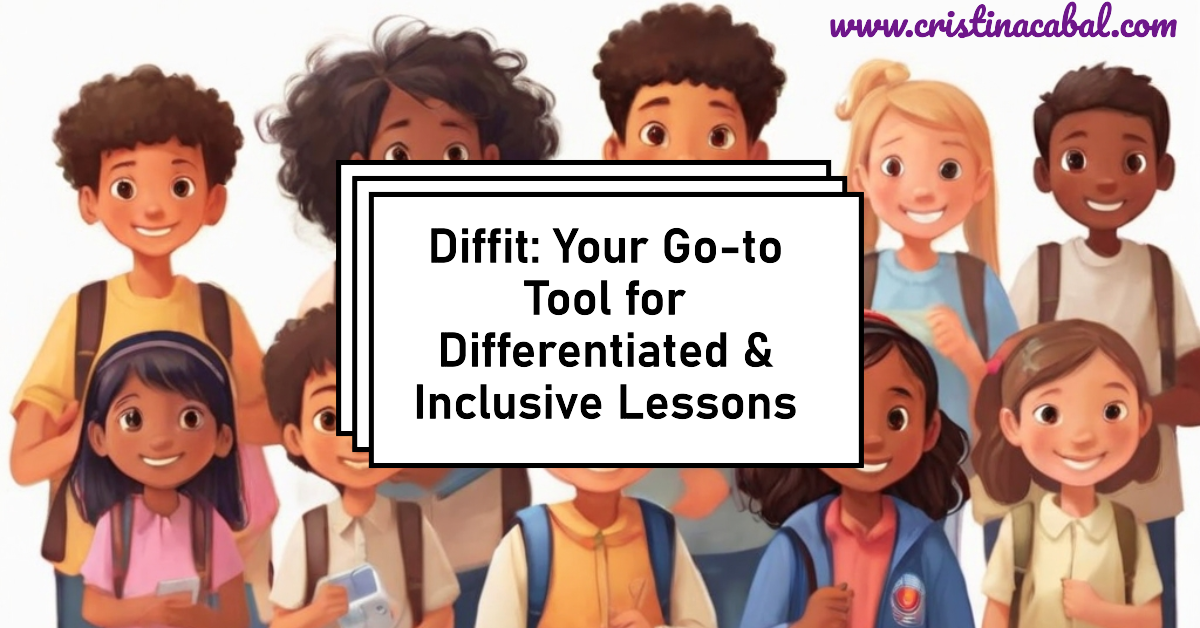
So, What is Diffit, and how can it help you? To put it simply, Diffit tailors learning for every student and easily convert any content to all reading levels.
It generates texts in three different ways:
- By searching for a topic, theme or question
- By pasting a URL of an article in a website or a YouTube Video
- By copy/pasting a text
- By uploading a PDF
You, then, choose
- the reading level (from 2nd grade to 11+ grade-you can also keep the original text)
- the language
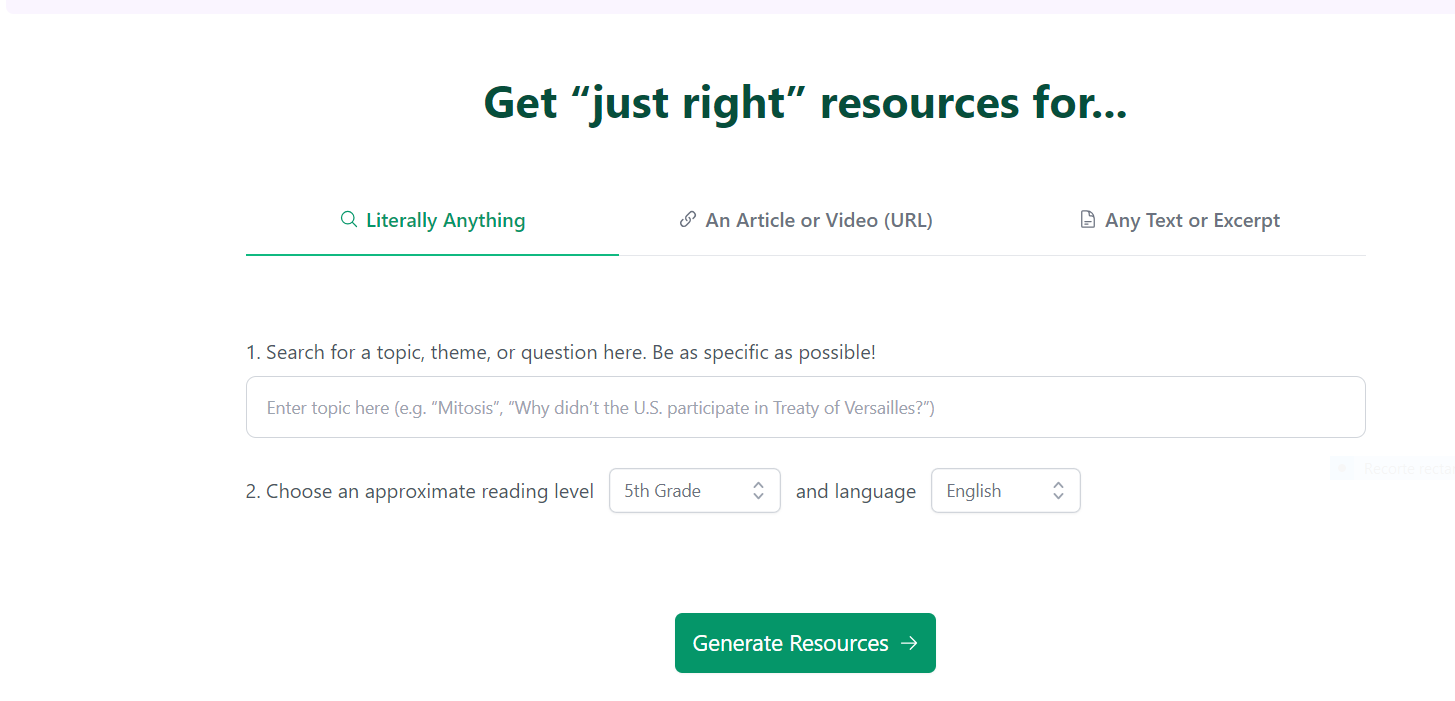
More about Diffit to keep in mind
- It has a very generous free version and works in 68 languages
- Diffit magically adapts any text, topic, article, YouTube video with a URL to any reading level.
- Besides the reading text, it also provides:
- a summary of the text
- key vocabulary words
- multiple choice questions about the text (by default 3 questions) but you can add more) and the answers to the questions
- short answer questions (again, by default it creates 3)
- open-ended prompts
- You can edit, add and copy the generated text and resources.
- You can translate the adapted text into 68 languages, making your classroom more accessible to all students.
- You can get the student activities in PDF format for free.
Ready to try Diffit?
Follow me on



